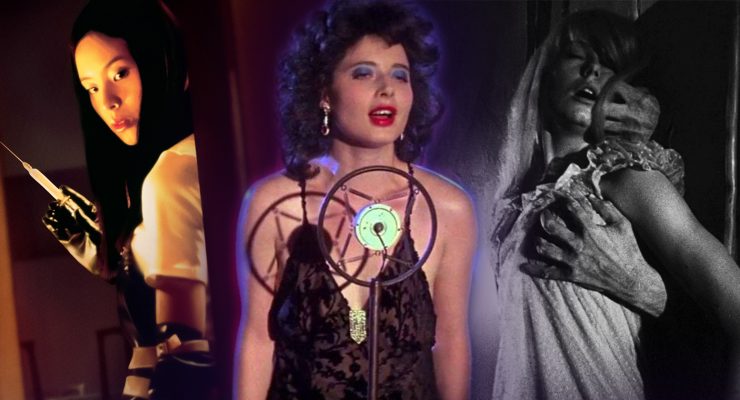Zeb Larson reviews Southern Bastards #5…
The hit southern crime series returns, as JASON AARON (Scalped, Thor: God of Thunder) and JASON LATOUR (Wolverine & The X-Men, Loose Ends) pull back the curtain on the history of Craw County and its most famous and feared resident. In a place where only bastards flourish, what does it take to be the biggest, meanest, most powerful bastard of them all? Only Coach Boss knows. And if I was you, I wouldn’t ask him.
Thank God Southern Bastards is back, and it’s telling the story that I hoped it would. The first four issues of this arc were nothing more than the intro to Craw County and the man who’s running it behind the scenes: Coach Euless Boss. We see some of Boss’s early years, all of which is building toward who the man is today. We also get a few fleeting glimpses of the rest of Craw County, including some other colorful characters who have previously gone unmentioned. This review will be spoiler-free, so read on without any concern.
We’re treated to a brief flashback of Euless Boss as a high school student. The coach tells him that he’s too small to ever make the team, to which Boss merely responds that the coach will be calling his name a lot in the fall. We then move back to the present and see a brief glimpse of Boss’s house before Esaw and another flunky show up. We’re then shown a series of sights around town, including the barbecue joint, and some character portraits of the other major personalities in town. Some of them really hate Boss. None of that matters, though, because nobody in the town is willing to say a damned thing about it. For now, this story arc isn’t going to be about fixing the rot in Craw County, but instead about how Boss came to be what he is.
We learn a lot about Craw County in this issue. Boss is not universally beloved in town (how could he be?), but it seems that there are rival players: the mayor, the owners of the bank, and a hermit in the woods who we only see a glimpse of. Boss does control the town to such an extent that he can effectively silence anybody from talking about what happened to Earl Tubb, largely using a combination of fear and shame to keep people from speaking up. Boss is even willing to rub people’s noses in what happened by showing himself off around town, in effect daring people to speak up.
This is the first issue that’s had any depiction of race as an issue, a subject which inevitably had to be broached. Boss’s flashbacks see the N-word being thrown around pretty liberally, appropriate for the context of the 1960s. Things superficially appear to be better in the present; I’m sure somebody in town would say that things are so much better simply by virtue of having an African-American sheriff. Yet it seems unlikely that all of these ugly attitudes simply evaporated away into the winds of change, and what better proof than the fact that the sheriff is apparently utterly helpless against Boss? I hope this is a theme that will be addressed again in this comic.
Jason Latour’s art, as usual, perfectly captures ugly sneers and small-eyed men. Having a whole issue to examine Boss’s face is interesting, because that face so perfectly captures the nature of the man. All of the sharp lines and the perpetual angry grimace make him look less like a man and more as though he was carved out of something. In a certain way, he has been carved out of something.
The more I read this, the more I feel that Boss is the perfect kind of plausible villain. He justifies his actions by insisting to himself that everybody else is no better than him, and he makes every other person complicit in some way. Nobody can stand apart from him and he’s found a way to make himself indispensable to a town full of people who might otherwise hate him: football. Real villains make themselves valuable to everybody around them, which is how they can stick around for so long. We’re off to a good start with this story arc.
Zeb Larson











